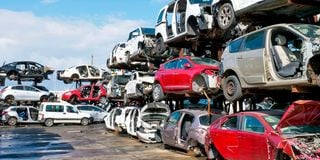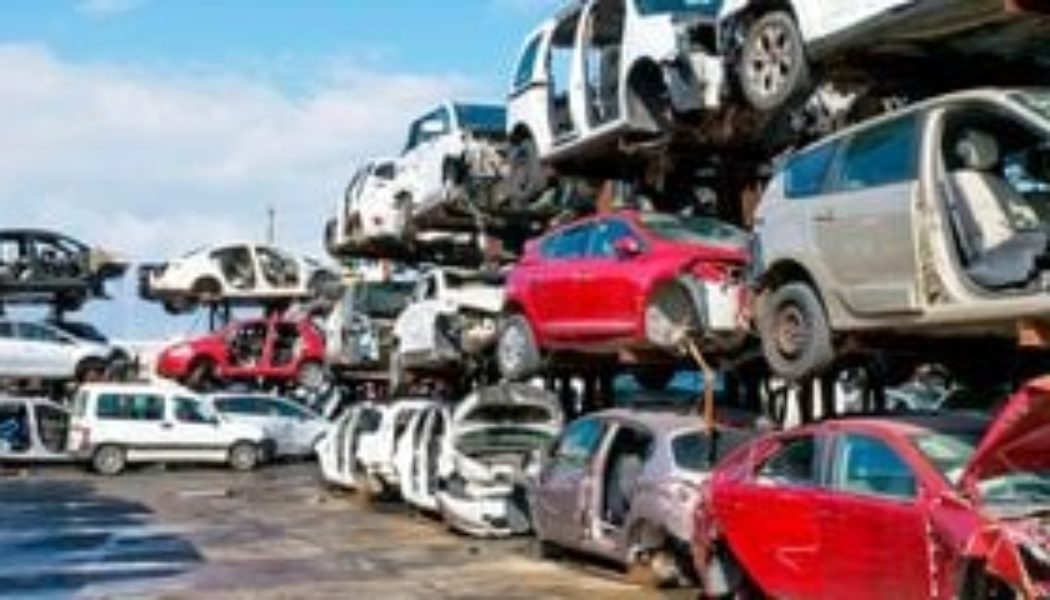What is the leading cause of vehicles being consigned to the scrap heap?
Age or accident, engine, other mechanicals or bodywork? Was it ever thus, or have things changed? Julius
The bottom line for arriving at the graveyard is the same for almost all cars, vide: when they are worth more dead than alive.
Technically, damage can be repaired, parts can be renewed and the whole vehicle can be restored indefinitely. At a cost. If the spend will be greater than the rescued car’s market or utility or sentimental value, it’s time for a crusher (and recycled materials) or a scrap merchant (whose very existence proves that some bits last longer than others).
The deadline may be set by the owner or by roadworthiness regulations; usually both. Those principles have not changed. But technology has.
Bodywork used to outlast engines, because the body was made of heavy-duty steel sitting on a chassis frame of railway track strength and durability.
Engine design was relatively crude, the materials had an “any old iron” standard, fuels had few additives and lubricants were unsophisticated “oil”.
Even the most enormous, languid, low-rev options needed an overhaul at around 100,000 kms (and a “decoke” in the interim).
Remember that the first cars had to be serviced every day (!) and for half the time between then and now needed an oil change every 2,000 kms (today that figure can be as high as 20,000, but my strenuous advice is: not in Kenya).
Today, engine designs, materials, fuels and lubricants, precision tolerances etc are much advanced and their “first” life has doubled. And some can even double that, depending on who made them and the life they lead.
Modern car bodies are now mostly monocoque (no chassis at all!), made of steel less than half the gauge of their predecessors, and on top of that they are encouraged to “crumple” for safety reasons.
Accident damage today is much more thorough, compensated by survival and some medical savings.

Bodywork used to outlast engines, because the body was made of heavy-duty steel sitting on a chassis frame of railway track strength and durability.
Photo credit: Shutterstock
All the other stuff – transmissions, suspensions, ignition and induction systems, cooling apparatus, batteries, brakes, steering racks, glass, upholstery, dials and switches, rust resistance or prevention, paint chemistry etc – are a mixed bag of technological and economic trends.
Computerised management systems are the latest advance that help prevent things going wrong but also add to things that can go wrong themselves.









